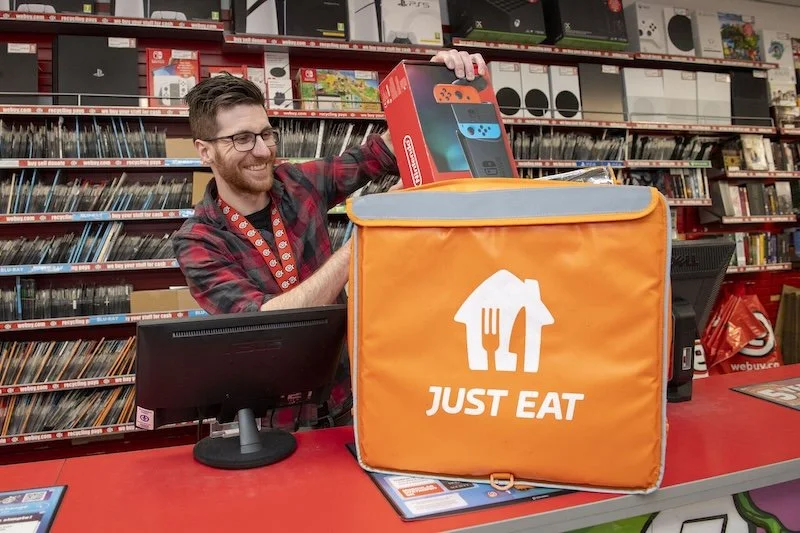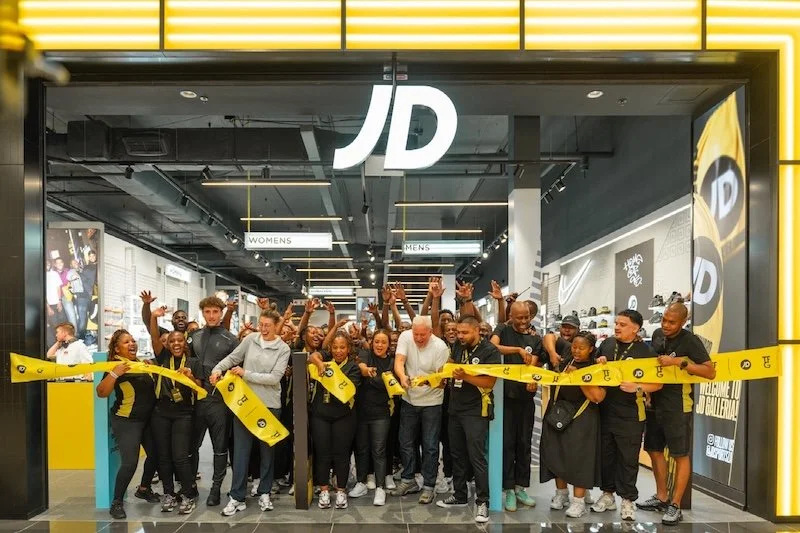How to enhance the in-store experience through customer loyalty
By David Buckingham, CEO, Ecrebo
The retail industry is currently in a state of disarray. The traditional High Street is now slowly being taken over by e-commerce, due to the convenience of having goods delivered straight to your door and the increased likelihood of grabbing a bargain. This shift of the scales was highlighted in recent figures posted by Next. While sales at its physical shops fell by 7% year-on-year, its online sales increased by 11.2%.
It’s not all doom and gloom, however. Looking at the bigger picture, just 15.6% of all retail sales take place online, which means physical retailers still have a huge opportunity to bring more customers through their doors and turn their fortunes around.
One of the most effective ways of doing this is through increasing and retaining customer loyalty. Retailers that create strong loyalty schemes, can further drive customer engagement, foster goodwill and reward their most dedicated customers. The popularity of these schemes is made clear in research conducted by Ecrebo, which found that 85% of shoppers are more likely to shop with a brand if it offers one, and that shoppers aged 25-34 belong to an average of 2.8 digital loyalty schemes.
However, their substance is now more important than ever. It’s no longer enough to rely on generic offers sent to huge audience segments; retailers need to personalise their communications to appeal to each shopper on an individual level. Indeed, 74% of shoppers surveyed in the same Ecrebo research said they are swayed by targeted offers that are relevant to them. If retailers are to maximise the opportunities available to them, there are several steps they should follow.
Power personalisation through high quality data
The level of personalisation retailers can achieve relies on not just the amount of data they hold, but the quality of it. The more information gleaned from customers, the better the levels of engagement can be in terms of both communications and promotions. With advances in analytics, loyalty has been elevated to new heights and presents new opportunities for retailers.
Long-term approaches cannot be solely relied upon, however, as some schemes can take months to yield useful insights, and by this time consumers may have moved on. Multi-channel retailers have an advantage here, given that stores present another marketing channel to reach shoppers, but all retailers need to make the most of the data available to them in order to deliver the most personalised experience possible.
Don’t underestimate the coupon
While the research from Ecrebo made clear the popularity of modern in-store innovations that can play into loyalty schemes, including mobile checkout, cashier-less checkouts and recommendation kiosks, there was a clear consumer demand for coupons — something now seen as old-fashioned by many. Interestingly, 76% of consumers said coupons change the way they shop, while 40% said they now expect them when they shop and 32% said they sometimes don’t make a purchase without one.
Looking at this in more detail, 45% of consumers had redeemed a digital coupon in the last six months, while 45% had redeemed a paper coupon issued at the till in the last six months. Retailers, therefore, need to capitalise on this opportunity to create hyper-personalised and relevant coupons in order to boost redemption rates and increase customer engagement.
Loyalty can create differentiation
While the concept of loyalty is always evolving, it remains a key differentiation tool in a highly competitive landscape. However, it has never been more important to ensure loyalty schemes deliver genuine value to consumers through personalisation. If this isn’t the case, they will simply switch to another brand.
Loyalty schemes can give consumers an attractive reason to make the effort to continue visiting bricks and mortar stores. If retailers are to successfully take advantage, however, they need to ensure they are collecting high quality data to achieve effective personalisation while simultaneously utilising cutting-edge technologies.










Continue reading…